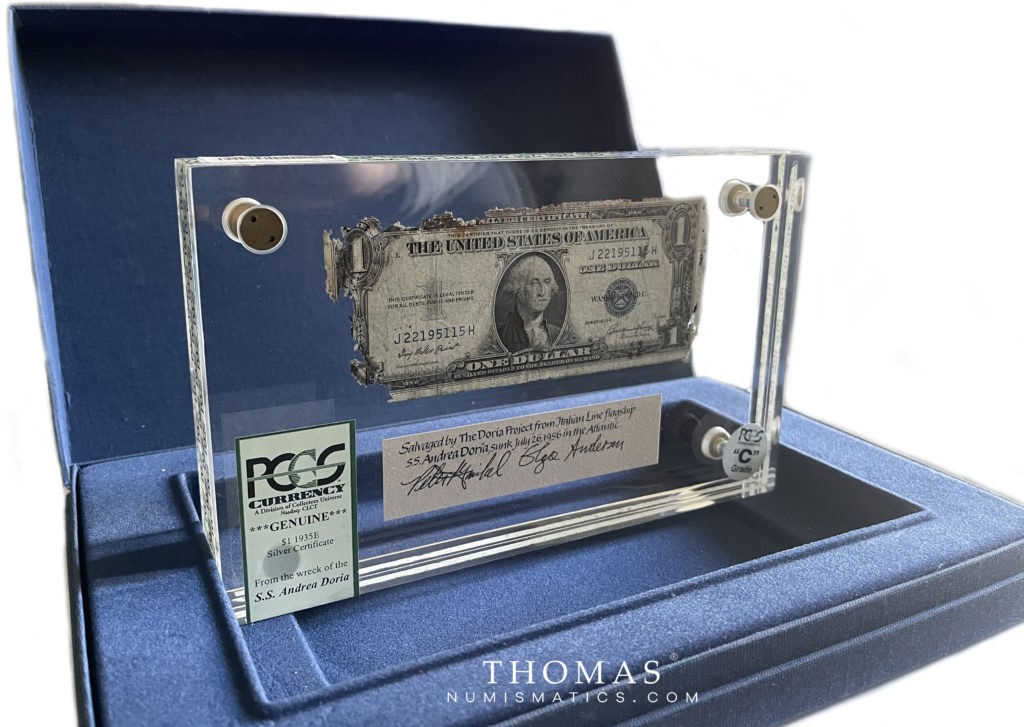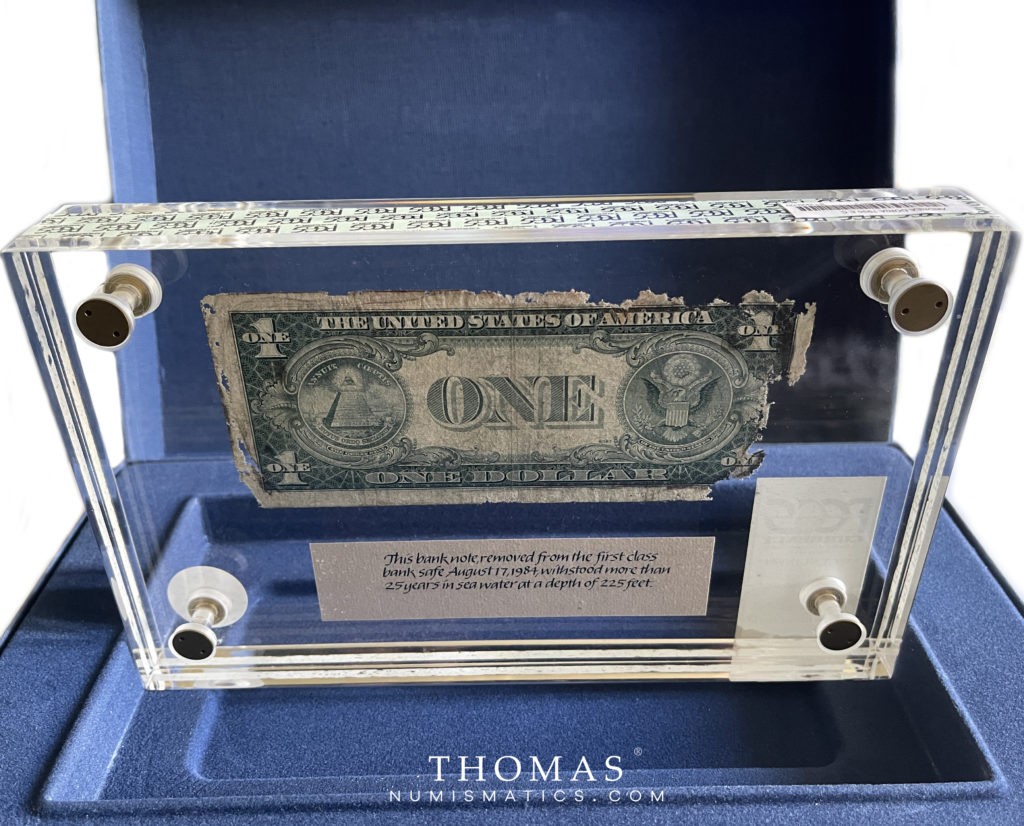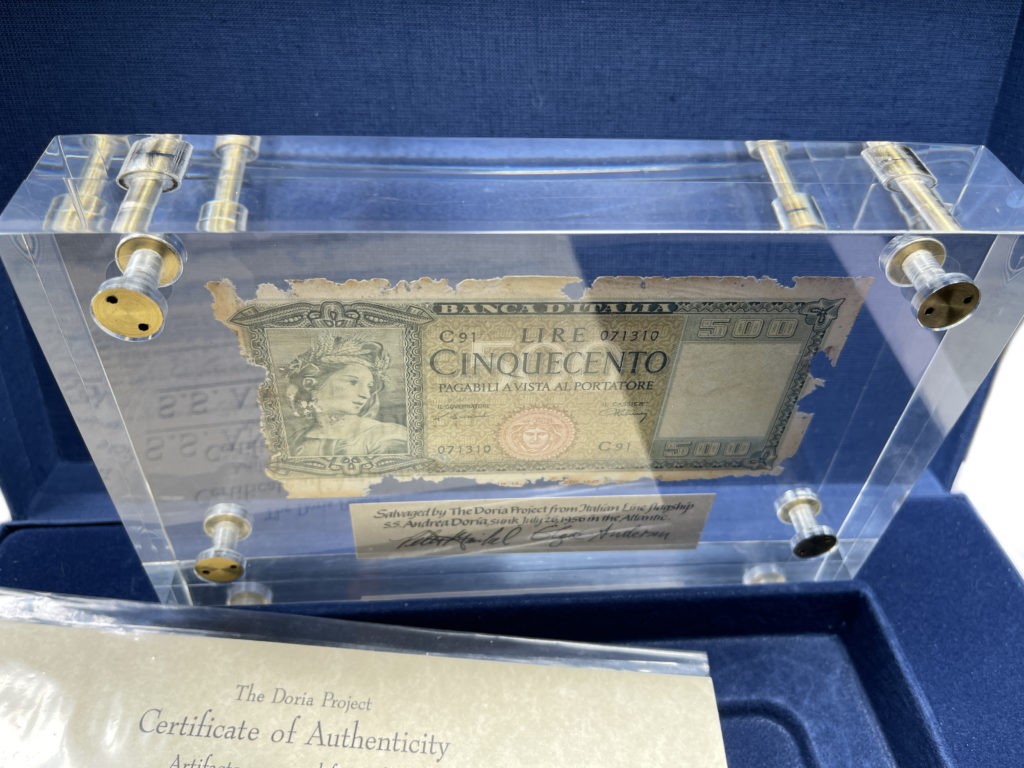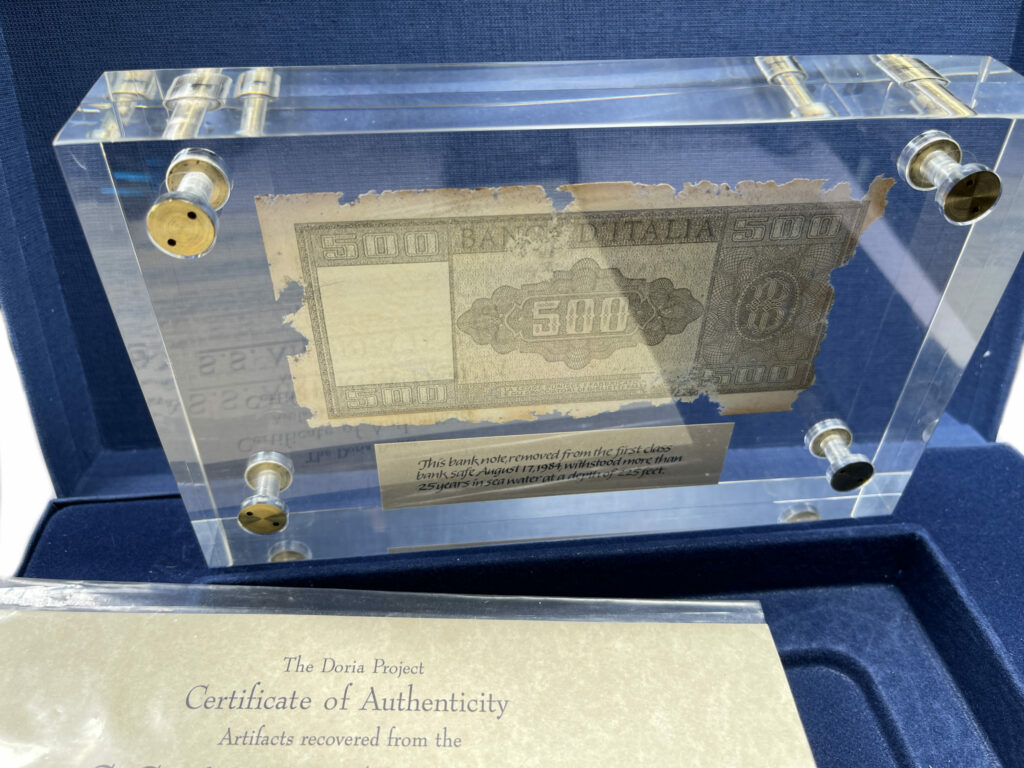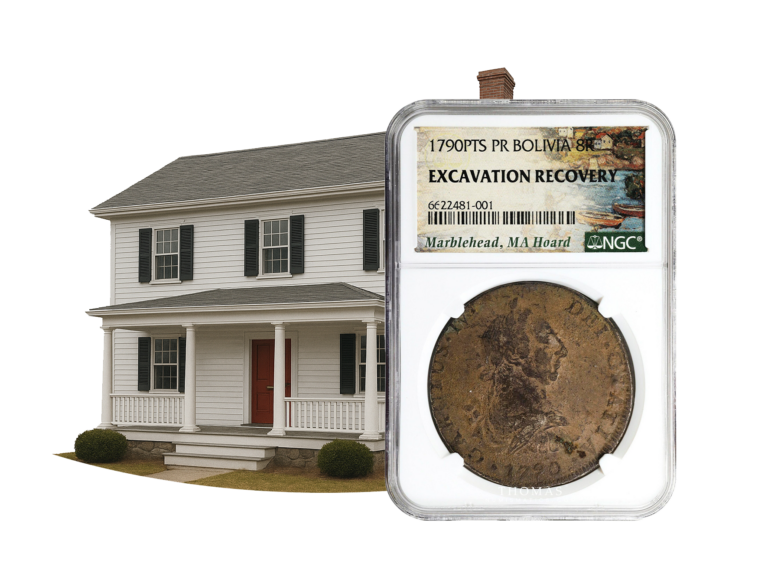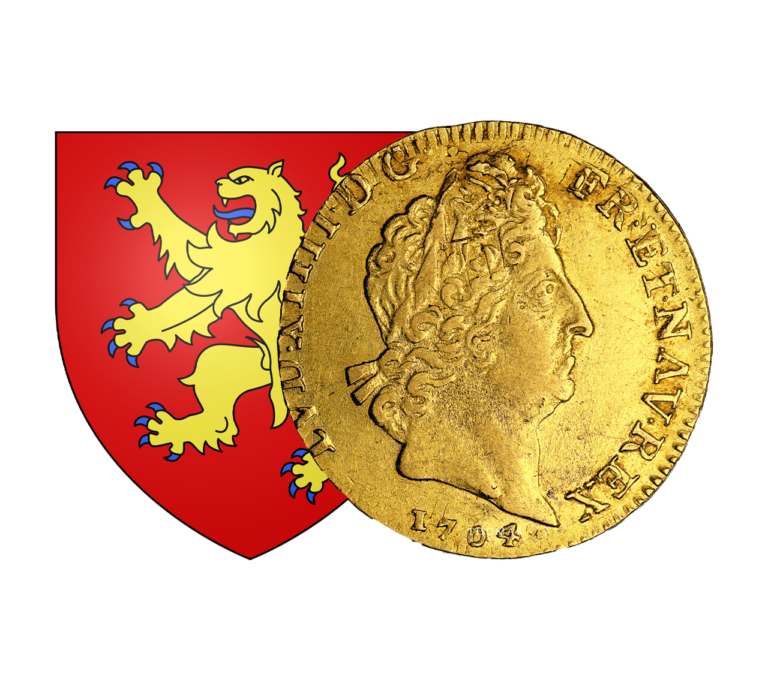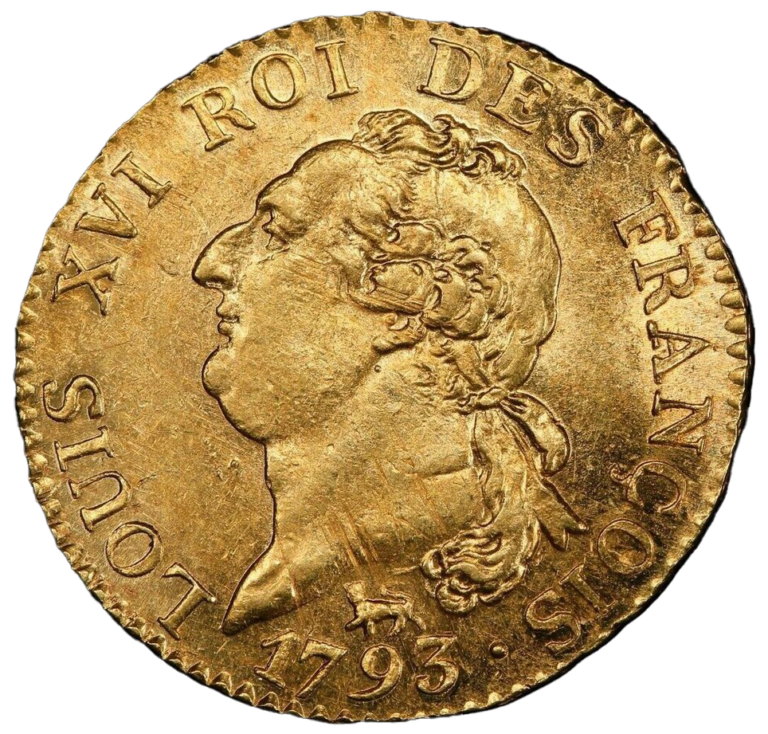
Discover all the news and articles from TNUMIS Magazine exclusively
The sinking of the Andrea Doria
The Italian transatlantic liner Andrea Doria suffered a terrible accident on the night of July 25, 1956. This renowned 20th-century shipwreck swallowed up with it some bank vaults estimated to equal several million dollars. Here is the story of the sinking of the Andrea Doria.
The Andrea Doria
The Andrea Doria was a liner belonging to the Italian Line. Based in Genoa, it regularly linked the two continents of Europe and the United States. Named after the 16th century Italian admiral, the ship was a national pride in a country undergoing post-war reconstruction.
The Andrea Doria was a true colossus. It was also renowned for its cruising speed and could reach 26 knots. However, it was built especially for its comfort and luxurious standing. Measuring 213 meters long and 27 meters wide, it could carry more than 29,000 tons. Built in 1951, it made its first voyage in 1953. The Andrea Doria was one of Italy’s most popular transatlantic liners, and always sailed at maximum capacity. Although considered one of the safest ships of its time, its activity did not last long, as it sank on July 25, 1956 with a bank treasure. Fitted with a double hull, watertight compartments, radar and enough lifeboats for passengers and crew, the Andrea Doria was not destined to end up at the bottom of the ocean.
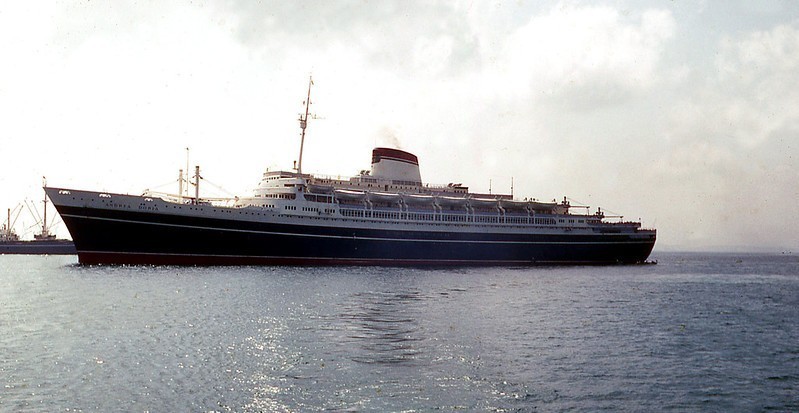
What happened that day? The Andrea Doria was sailing between the Nantucket and Ambrose lighthouses, at the entrance to New York Harbor, when it collided with a Swedish liner, the Stockholm. The accident could have been dramatic, as not all the lifeboats could be used. Fortunately, the people were quickly rescued, thanks to other boats that arrived as support.
The sinking of the Andrea Doria
On Wednesday, July 25, 1956, the Andrea Doria was on its way to New York, under the command of Commander Piero Calamai. On board were 1,134 passengers and 572 crew members who had docked 8 days earlier in Genoa. The ship was due to dock in New York Harbor on the 26th. As it approached the coast, it encountered a thick fog that caused it to slow down to 21.8 knots.
The Stockholm, a smaller liner, had left New York at noon that day. It was following the opposite course of the Andrea Doria and was about to enter this foggy area as well, in the south of Nantucket Island.
If each boat had spotted the other on its radar, the outcome would have been different. It seems that each one misinterpreted the situation and trajectories, and that no communication was made between them. While the Andrea Doria was orienting itself to pass by the Stockholm on the starboard side, the Stockholm was making a port-to-port crossing. These conflicting decisions resulted in the distance between them being too short. The fog did not help to anticipate the disaster either, and despite last-minute maneuvers, the liners collided at 11:10 p.m. The Stockholm pierced the Andrea Doria.
Forty-six people died as a result of the impact. Thirty minutes after the accident, the crew decided to abandon the ship. All the lifeboats were not usable and panic broke out. A radio message alerted the surrounding boats. The Ile de France, which had crossed a few times earlier, turned around to come to the rescue of the passengers.
The Andrea Doria sank only the next morning, eleven hours after the disaster. The event was widely covered by the media. A journalist photographer Harry Trask even won the Pulitzer Prize with his photograph of the transatlantic ship lying in the sea.
A lawsuit was filed after the sinking, opposing the families of the victims to the shipping companies. The crew was called to testify. It is estimated that the Stockholm lost two million dollars and the Andrea Doria lost thirty million.
The Stockholm still sails today under the name of Astoria, and is the oldest liner in the world fleet still in service. The accident led to changes in maritime legislation: shipping companies were forced to better train their crews in radar technology and ships that passed each other were required to communicate by radio. In Nantucket, changes were made.
Explorations on the Andrea Doria
At a depth of only 50 meters, the wreck of the Andrea Doria is easily accessible and therefore very popular with sea explorers. The site has become mythical and nicknamed “the Everest of diving” by adventurers.
The two divers Peter Gimbel and Joseph Fox went on the wreck and took pictures for Time Magazine. They led several rescues as did other underwater explorers. Many died exploring the Andrea Doria, the sea being very bad, with currants, sharks and the presence of nets covering the hull.
In 1956, the French explorer Jacques Cousteau tried to access the wreck, but he quickly abandoned evaluating the expedition as too dangerous.
In 1966, Gimbel was hired by the Marine Index Bureau to inspect the wreck again. Then, having become a documentary producer, he returned to the wreck in 1981, convinced that a treasure of gold and jewels was still on the spot in a safe. The expedition to bring it back up has remained in the annals: 25 men dived with sophisticated equipment. After 33 days, they discovered the bank vault. The safe was confiscated for three years while awaiting court decisions.
The contents of the first-class safe were revealed on a television show in 1984. The contents of the jewelry store and the bank’s treasure were estimated to equal 4 million dollars. But only American bills were discovered. One can wonder: are there any other safes left to discover at the bottom of the ocean?
Sources :
Le Monde
Techno Science
Croisières et paquebots
Paquebots.net
Wikipédia
